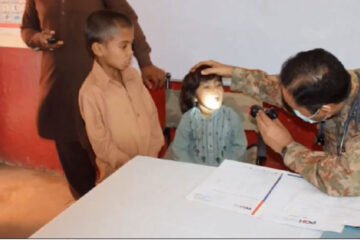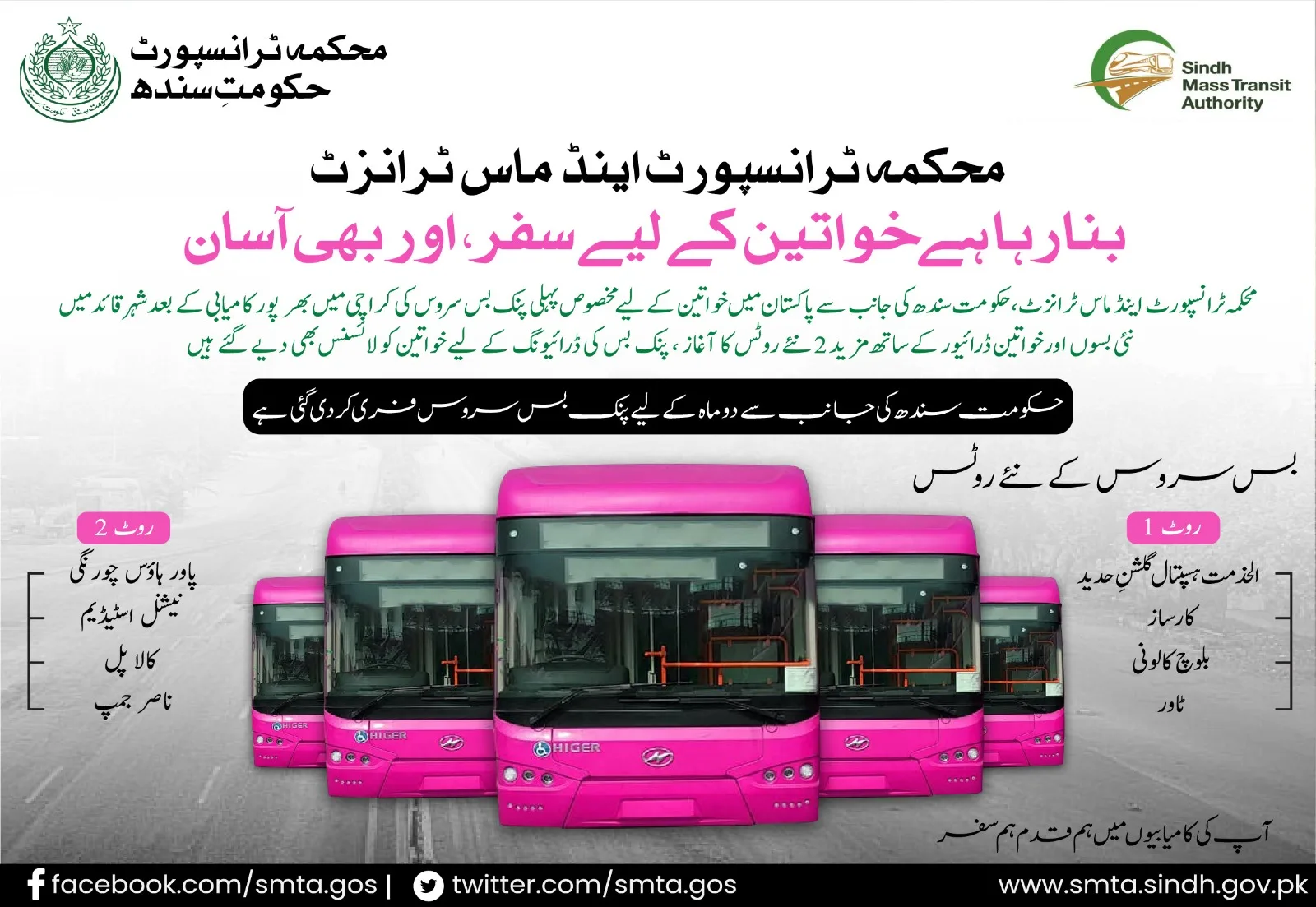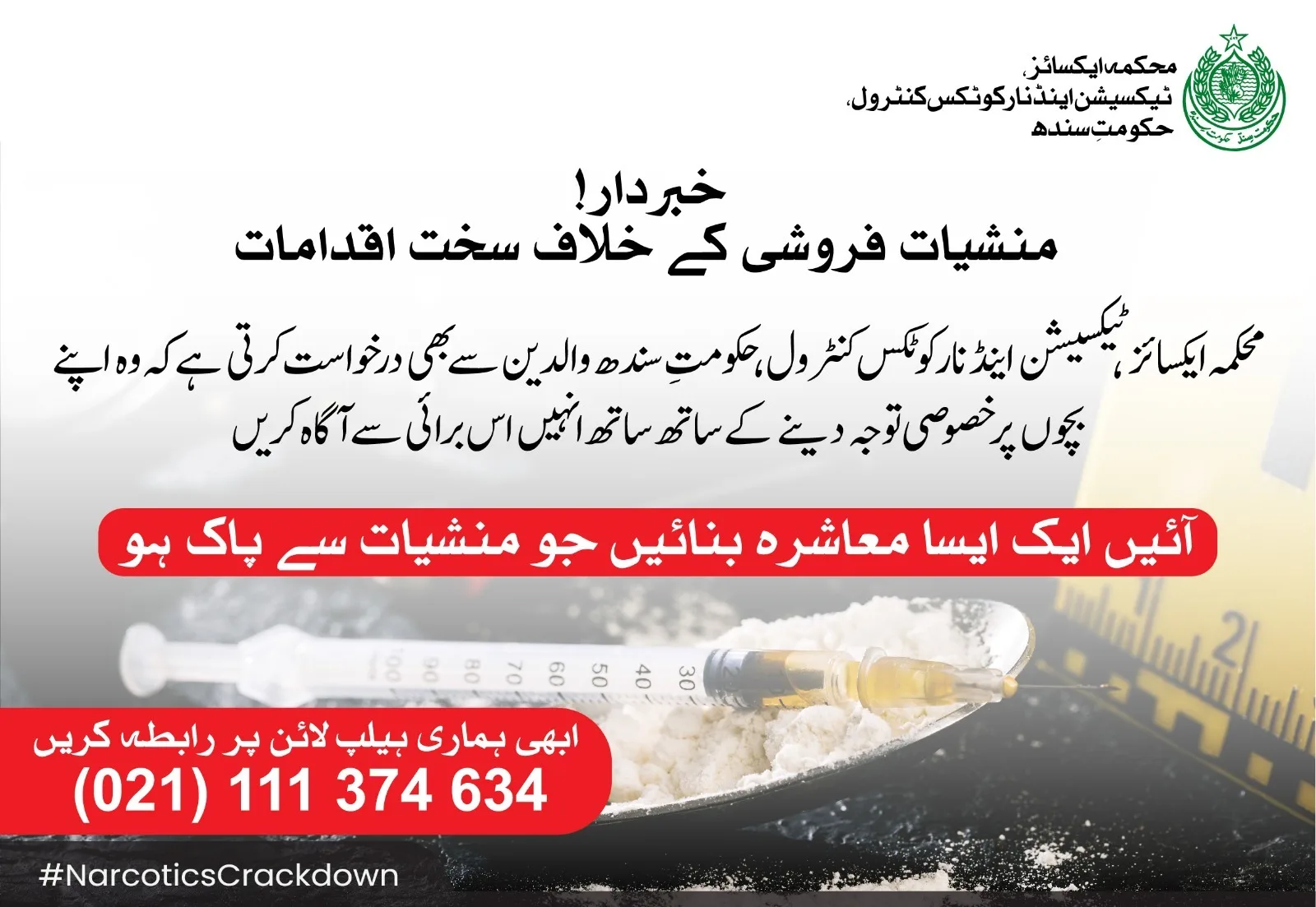Can walking pattern and memory predict dementia?

Image taken from Jewish Business News.
Investigative study suggests monitoring the changes in an individuals’ memory and walking pattern can help to identify people who are at high risk of dementia.
Scientists believe that the speed at which a person walks and memory can help to predict the risk of dementia [popularly considered memory loss], is generally associated with the advancing age factor. Usually, as the age increases the risk of suffering from dementia also rises greatly.
Pakistan’s youth is bright and talented: Julia Kinash
According to experts, one of the earliest symptoms of dementia is the memory loss. Often times people may experience ‘cognitive decline’ with age but it may not always lead to dementia in its entirety. Therefore, scientists stress the belief that memory loss is synonymous with dementia should be negated because memory loss is not entirely the most reliable way to predict if a person may or may not suffer from dementia.
Based on studies, a slower gait is also an indicator for dementia risk. Moreover, a person’s walking speed alone is not the most useful factor.
HEC announces 1000 scholarships for Sri Lankan students to study in Pakistan
The research team combined the data from almost six large-scale studies including from the Mayo Clinic Study of Aging as well as The Swedish National Study on Aging and Care in the Kungsholmen Population Study. The investigative analysis studied participants above the age of sixty years and assessed them on the basis of not only their walking speeds but also conducted tests related to memory.
Initially, the scientists excluded participants whose cognitive decline was preexisting. Secondly, they left out participants with a ‘slow gait’ such as those who speed was slower than 0.6 meters or about two feet covered per second, respectively. They were eventually left with almost 8,699 study participants.
Multiple eco-crises could trigger ‘systemic collapse’: scientists
Thereby, the study authors compared participants who were suffering from ‘dual decline’ that is, people whose speed of walking and memory remained constant. This group was simultaneously considered to be the ‘usual agers’. The author discovered that individuals who suffered from memory decline were more likely to experience dementia, by an almost 2.2 to 4.6 times more likely.
Furthermore, they inferred that because it is a smoother process to treat dementia in its early stages, which is why these findings are substantial since gait speed and memory make the assessment easier. They argue that it is primarily because neither of the two measurements are ‘technology-reliant’ rather they are a cost-effective method [or better put, they are ‘low-cost’].
Weightlifting and Muscle Strength: What is the connection?
Scientists stress that multiple studies confirm their findings and add to the assessment that regular checkups can be made relatively simpler. They argue that the dual decline can be ‘captured early in clinical settings’ by conducting ‘routinely’ administered walking speed and free memory tests, respectively.
Internet giants fight spread of coronavirus untruths
Stay tuned to Baaghi TV for more updates.












